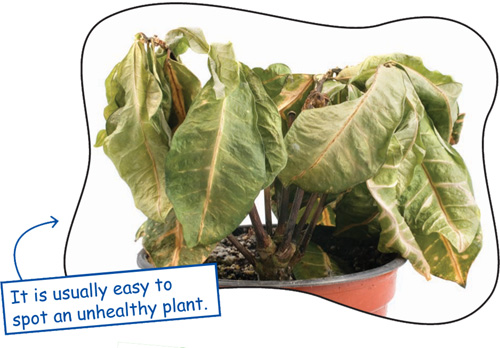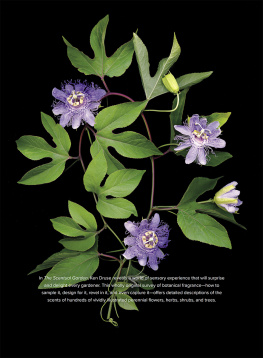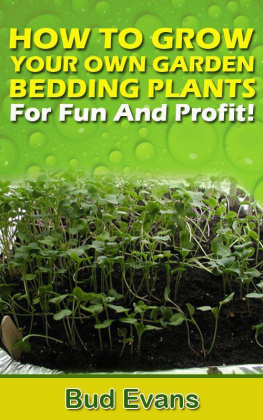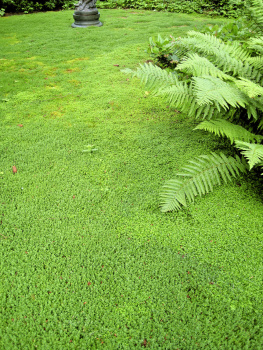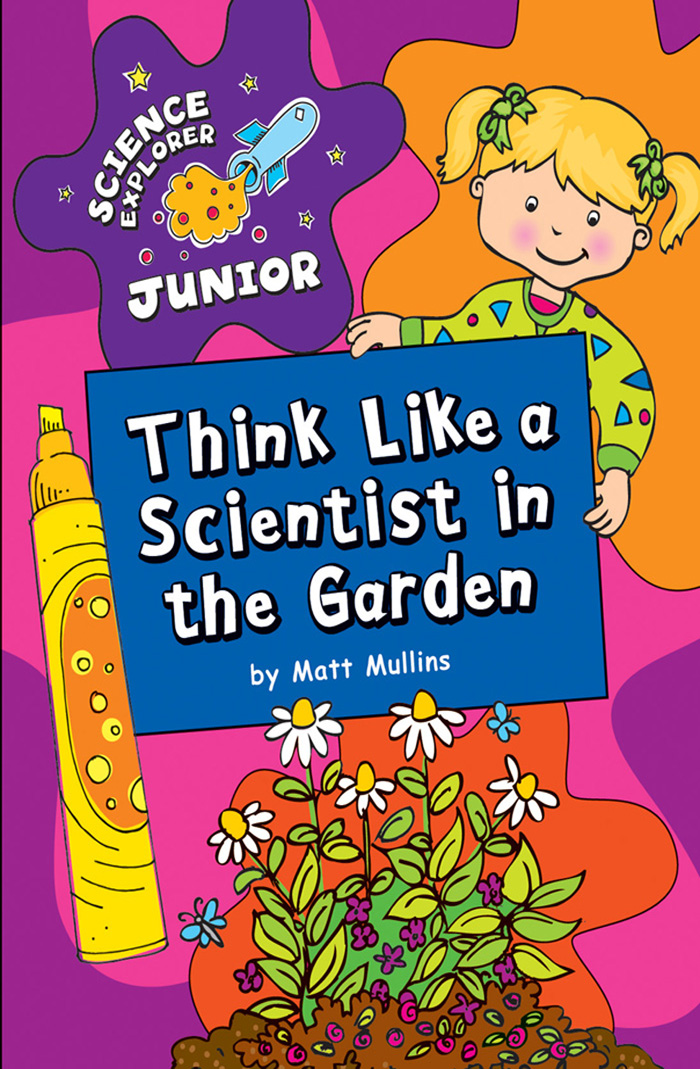

Published in the United States of America by Cherry Lake Publishing
Ann Arbor, Michigan
www.cherrylakepublishing.com
Content Editor: Robert Wolffe, EdD, Professor of Teacher Education, Bradley University, Peoria, Illinois
Design and Illustration: The Design Lab
Photo Credits: Page 5, matka_Wariatka/Shutterstock, Inc.; page 8, Lisa F. Young/Shutterstock, Inc.; page 9, Eugene Moerman/ Shutterstock, Inc.; page 12, Guy Croft/Alamy; page 16, evan66/ Shutterstock, Inc.; page 18, REDAV/Shutterstock, Inc.; page 24, Trinity Mirror/Mirrorpix/Alamy; page 28, Lucian Coman/Shutterstock, Inc.
Copyright 2012 by Cherry Lake Publishing
All rights reserved. No part of this book may be reproduced or utilized in any form or by any means without written permission from the publisher.
Library of Congress Cataloging-in-Publication Data Mullins, Matt.
Think like a scientist in the garden/by Matt Mullins.
p. cm(Science explorer junior)
Includes bibliographical references and index.
ISBN-13: 978-1-61080-166-9 (lib. bdg.)
ISBN-10: 1-61080-166-0 (lib. bdg.)
1. PlantsExperimentsJuvenile literature. 2. ScienceMethodologyJuvenile literature. I. Title. II. Series.
QK52.6.M85 2012
580.724dc22 2011006972
Cherry Lake Publishing would like to acknowledge the work of The Partnership for 21st Century Skills. Please visit www.21stcenturyskills.org for more information.
Printed in the United States of America
Corporate Graphics Inc.
July 2011
CLFA09
TABLE OF CONTENTS
How Does That Work?

Have you ever looked at something and wondered, How does that work? Scientists do that all the time. Even in a garden.

A garden is a fun place. Some people grow vegetables in gardens. Some grow fruits or flowers. You can learn a lot of science in a garden. What do plants need? What makes them green? What is their environment like? Scientists study biology and chemistry to find the answers to these questions. You can tooin your garden!
STEP-BT-STEP
You can get your own answers by thinking like a scientist. Go step by step. You may have to repeat some steps as you go.
1. Observe what is going on.
2. Ask a question.
3. Guess the answer. This is called a hypothesis .
4. Design an experiment to test your idea.
5. Gather materials to test your idea.
6. Write down what happens.
7. Make a conclusion .

Use words and numbers to write down what youve learned. Its okay if an experiment doesnt work. Try changing something, and then do the experiment again.

GET THE FACTS

Scientists look for facts before they start an experiment. They use this information as a place to start.
Where can you find information? A library is filled with books, magazines, and science videos that can help you. Maybe theres a book on gardening at your house. You can talk to a teacher or a parent. You can visit a botanical garden , too.
You can also find facts on the Internet. Be careful. Not everything on the Internet is the truth. Ask an adult to help you find the best places to look for information.

Why Garden Outside?

ASK A QUESTION
Plants are living things. They grow as big as they can when they have everything they need. They make seeds so they can make more plants.

They usually grow best outdoors. What do you think a plant needs so it can grow? Why are most gardens outside?
DO THE RESEARCH
A scientist named Gregor Mendel was very interested in peas. He grew 29,000 pea plants in a 7-year period. Mendel studied how to grow tall plants and short plants. He learned a lot about traits , such as being tall or short. He studied how traits get passed on by plants through their seeds to their seedlings .


Mendels work with peas was important. He was a great scientist. He was also a terrific gardener! He grew his peas outside. Why do you think he chose to grow them outside? You can experiment to try to find an answer to that question.
DO AN EXPERIMENT

Start with four tomato plant seedlings. You can get these at a garden center. If the weather is warm, place two of them in a sunny spot outside. If it isnt warm, place two of them in front of a well-lit window. Place the other two in a dark cupboard or closet. Be sure to place small plates under all of them! Record in your notebook how tall each plant is. Write down how many leaves each plant has, too.
Water each seedling at the beginning of your experiment. Make sure the soil is damp. Check your plants every day for a week. Make sure the soil stays slightly damp. Water them as needed.
How do your tomato plants look at the end of the week? How tall is each plant? How many leaves does each plant have? Are all the plants still alive? Record what you observe about each plant. Which plants grew more? What can you conclude? You may want to keep observing your plants for a few more weeks to learn more.

Put a Patch on It!
